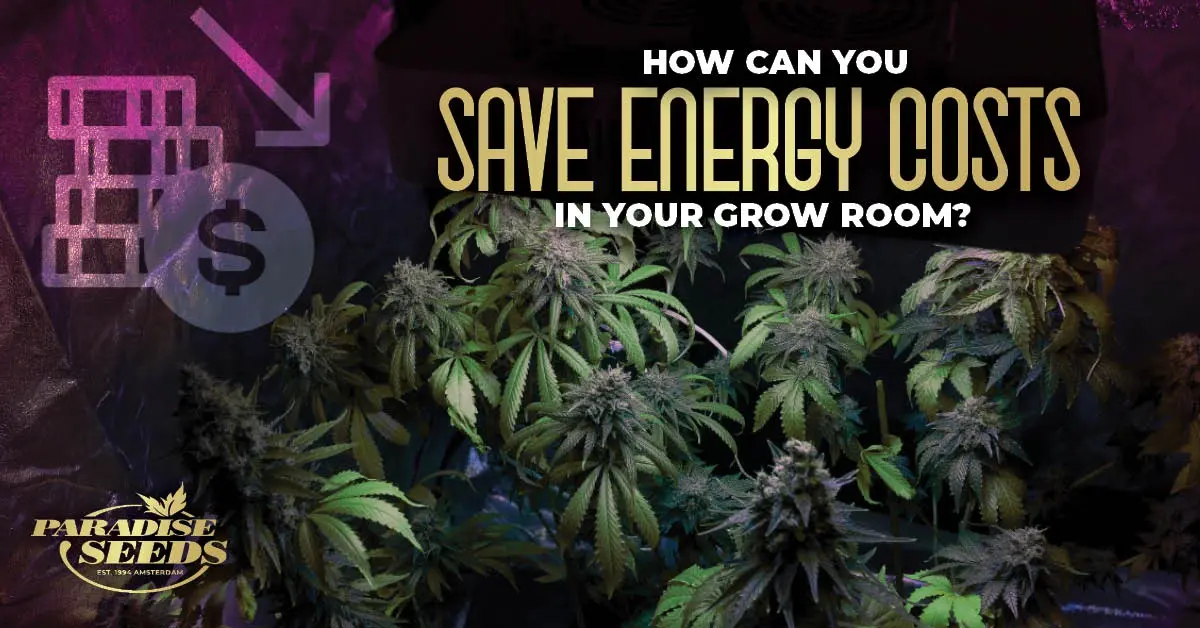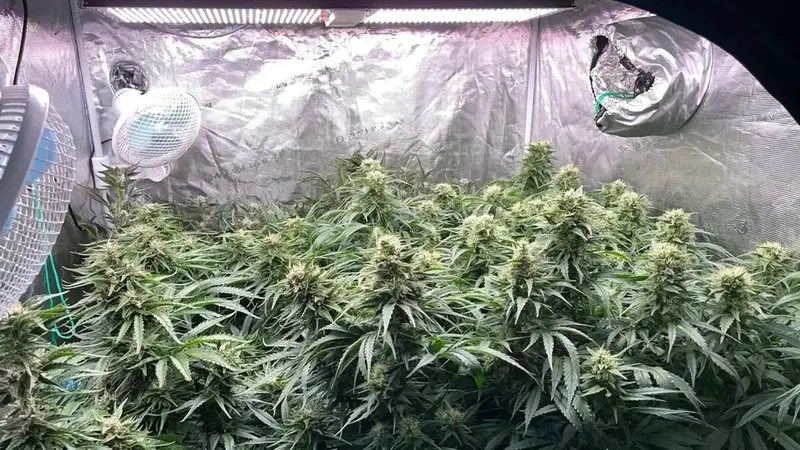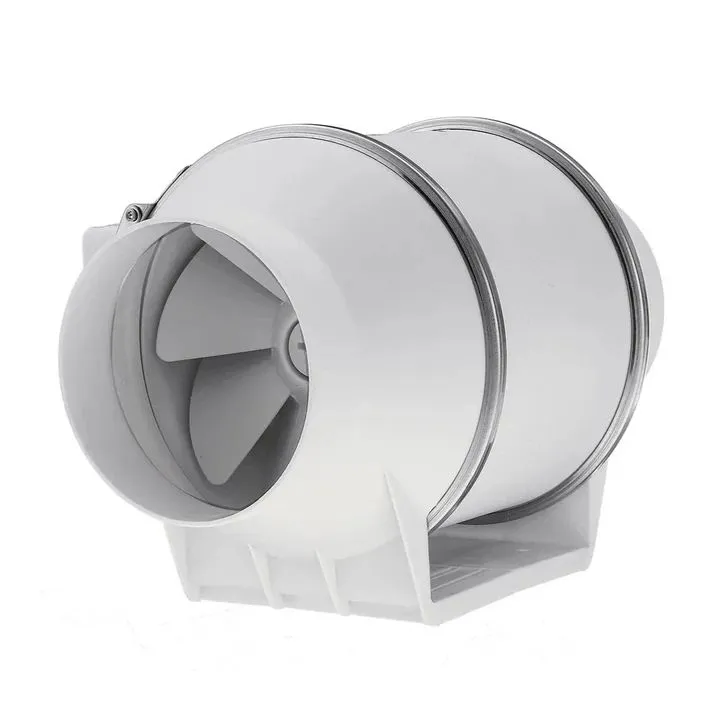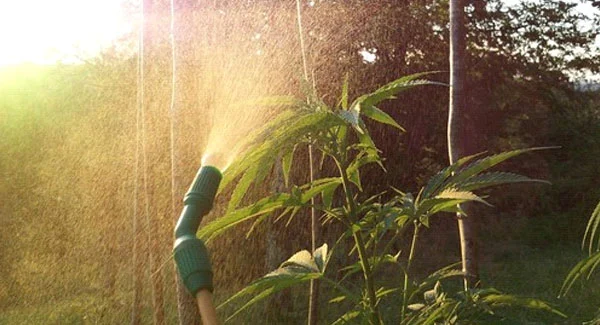In order to grow effectively, the grower needs to have the right cannabis grow equipment. Buying equipment is the first step to setting up your grow and that initial investment can bring on the sweats!
Investing wisely at the cannabis grow setup stage will pay dividends down the line. Once in place your grow equipment will provide dividends in the long term and two or three harvests in you will be wondering why you worried about that initial investment!
With so much initial outlay, the tendency is to try and cut corners to save a bit of cash, but it really is worth spending out for the best equipment if possible. For money saving grow room tips, check out our tips to save grow room energy costs!

Outdoor growers have it easy in comparison with a significantly smaller investment in cannabis grow equipment – with a shopping list which doesn’t include much more than pots, grow medium, nutrients/fertilizers and pest control.
However, the disadvantage is the outdoor grower has limited control over their grow environment, whereas the indoor grower’s control is absolute! In this guide, we are going to run through the essential equipment every indoor grower needs for a successful crop.
Contents
Grow spaces and grow tents
While indoor grow spaces come in all shapes and sizes, the most accessible, convenient and economical piece of cannabis grow equipment is the grow tent. This is because it can be bought to fit almost any space and come ready to plug in and play! A grow tent space provides:
Space maximization: Grow tents are the home grower’s best friend. They can easily fit into a corner of an attic, a basement or even a spare bedroom. There is a grow tent to fit almost any space, including tents with angled rooves to fit beneath loft.
Self contained environment: Zip them up and they look like a temporary closet space. Unzip them and you have a self-contained grow environment with holes in all the right places for ventilation, support for hanging grow lights and reflective inner material to ensure even light distribution.
Climate and odor control: As it’s a self-enclosed space the environment can easily be managedeasily to maintain optimum climate and control the smell.
Stealth potential: The selection of available cannabis grow equipment is extensive and there are numerous tiny tents that can fit into small spaces, such as under a desk or counter top or slide into the bottom of a closet.

Cannabis grow tents will usually come with the following features as basics. However, when investing in a cannabis grow tent, it is always worth spending a little more to get a good quality of product. These features of grow tent cultivation need focusing on:
- Material: High-quality grow tents are made from durable materials and reflective fabrics which help distribute light effectively throughout the plants. Beware of cheap generic tents of inferior quality and even come with the risk of offgassing which may be harmful to plants.
- Ventilation: Grow tents feature multiple ventilation ports that allow for the installation of fans, filters, and ducts. Proper ventilation ensures a fresh supply of air, preventing heat buildup and maintaining optimal humidity levels.
- Frame: A strong grow tent frame supports the weight of lights, fans, and filters while maintaining the tent’s shape. Most grow tents will support lights weighing between 50 – 70 kilos (100 – 150lbs).
- Grow tent placement: A key consideration is locating a grow tent so that there is easy access to electricity, ventilation and water supply. It’s also important to have a bit of space to allow effective plant management (navigating around seedlings is far easier than getting in there to manage fully developed plants – especially those at the back!).
- Maintaining the growing environment: Good management practice requires regularly checking humidity, temperature and checking plant placement to ensure the light is being evenly distributed.
Cannabis grow equipment: lighting systems
The lighting system is an essential element of the grow room setup, bringing the artificial sun to your controlled environment. These are the most common lighting systems in use
High Intensity Discharge (HID) Lights

This lighting option encompasses two primary variants: Metal Halide (MH), which are used for vegging, and High-Pressure Sodium (HPS). This was the standard grower’s choice of lights for many years and their brightness and wide coverage, HID lights are favored by those who desire maximum control and consistent performance.
Light Emitting Diodes (LEDs)

LED lighting systems have established themselves as the new grower’s favorite because of their impressive energy efficiency, compact structure, low heat output and changeable light spectra settings to maximize each stage of cannabis growth. If you’ve already got this kind of lighting system, get some great tips to improve LED performance and expert tips to increase LED efficiency.
Compact Fluorescent Lights (CFLs)

CFLs are a budget-friendly lighting option. They emit a lower intensity of light compared to HID or LED systems and are often used for younger cannabis plants or as supplemental lighting.

Should I use HID (HPS) or LED lights?
There is a whole world of lights out there and before buying any lighting system, we always advise you to do the research. These articles will be a good start: How cannabis uses light gives an excellent insight into the key things to be aware of when using light in the grow room and LEDs vs HPS compares the effectiveness of different cannabis lighting systems.
Lights are top of the list of priority cannabis grow equipment purchases. When selecting the ideal lighting system for your cannabis garden, consider several factors. Evaluate the dimensions of your grow space, the number of plants you intend to nurture, your budgetary constraints, and your cultivation goals.
Each lighting system has its pros and cons, so choose wisely based on your specific requirements. Regular cleaning and maintenance of lighting fixtures (including bulb changes) will enhance their efficiency and extend their lifespan.
Ventilation, fans, filters and C0²
Just as humans thrive in well-ventilated spaces, our green companions also require a breath of fresh air to flourish. Before we explore the various cannabis grow equipment systems which bring essential ventilation to the grow room, let’s take a look at why it is necessary.
Ventilation systems help regulate temperature, humidity, and air exchange within the growing space. By providing a constant supply of fresh air and removing stagnant air, ventilation safeguards grow room cannabis plants against the risks of excess moisture, mold, and pests.

Extractor fans and air filters

Extractor fans (also known as exhaust fans) are the workhorses of grow room ventilation systems and a vital piece of cannabis grow equipment. These powerful fans expel stale air from the growing area and facilitate the exchange of indoor and outdoor air.
When selecting an extractor fan, consider factors such as the size of the grow space, the number of plants growing, and the heat generated by your lighting system (here are some tips to combat heat related problems).
The best air filter you can buy is essential to trap airborne contaminants, such as dust and pollen but perhaps most importantly for catching the odor of stinky flowering buds, which can be so overwhelming, half the street will get a sniff.
Carbon dioxide (CO²) generators

Carbon dioxide is a vital element for photosynthesis, fueling plant growth. In indoor environments with limited CO² levels can be limited, CO² generators come into play and are increasingly considered an essential cannabis grow equipment purchase.
These devices release controlled amounts of carbon dioxide. However, it is crucial to monitor and maintain appropriate CO2 levels, as excessive amounts can harm your plants and compromise their health.
The importance of good air circulation in the grow room
- Preventing hot spots: These are areas with higher temperatures, which can cause issues, such as localized stress points in the grow room (i.e. some plants get too hot). Strategic placement of small oscillating fans will create efficient air circulation around the grow room itself.
- Strengthening plant stems: Air circulation helps to flex the stems which strengthens the stalks of plants, simulating what occurs in the wild when plants have to adapt to the wind. A stronger structure helps to support the weight of buds.
- Pest and disease prevention: Proper air circulation deters pests from landing and settling to breed. It also helps to prevent mold and mildew from forming as a result of stale humid air.
- But not too much air! You want a gentle breeze, not a hurricane!
Temperature and humidity control grow equipment
Before we take a look at the cannabis grow equipment used to control temperature and humidity in the grow room, let’s consider why temperature and humidity are so important in the cannabis growing process and the different requirements at each of the cannabis grow stages.
Ideal temperature and humidity for cannabis in vegetative stage
During the vegging stage, the grow room temperature should be between 21-29°C (70-85°F). This range encourages robust vegetative growth, photosynthesis, and nutrient uptake. An ideal relative humidity is an (RH) level of 40-70%. This range allows for healthy transpiration, nutrient absorption, and foliar growth.

Ideal temperature and humidity for cannabis in flowering stage
Consistent temperatures are needed for optimal growth in the budding phase, and the ideal range is between 18-27°C (65-80°F). Cooler night time temperatures during this stage can stimulate resin production and enhance terpene profiles. Lowering the humidity levels to 40-50% RH reduces the risk of mold and mildew.

Striking the right balance between temperature and humidity is essential. High humidity levels combined with high temperatures can create a breeding ground for mold, pests, and diseases while low humidity levels can lead to excessive transpiration and plant stress.
Cannabis equipment for temperature and humidity control
Here are some essential pieces of cannabis grow equipment to help maintain ideal temperature and humidity levels:
- Thermometer and hygrometer: Investing in a reliable thermometer and hygrometer to accurately measure the temperature and humidity in the grow space is essential.
- Ventilation and air circulation: Extractor fans, intake fans, and oscillating fans help remove stale air, bring in fresh air, and promotes temperature regulation and humidity reduction.
- Dehumidifiers and humidifiers: Depending on your specific needs, you may utilize dehumidifiers or humidifiers to adjust humidity levels. Dehumidifiers are popular in tropical grow rooms to help remove excess moisture from the air.
- Climate control systems: In larger-scale operations or regions with extreme climates, HVAC systems and climate control equipment offer precise control over temperature, humidity, and airflow.
Remember, cannabis plants thrive in a stable and controlled environment. Regular monitoring, adjustment of temperature and humidity, and proper airflow are essential for healthy growth and preventing issues like mold, mildew, and pest infestations.
Cannabis grow equipment watering systems

In addition to manual watering, various irrigation systems can streamline the watering process, improve efficiency, and provide consistent moisture to your cannabis plants. Let’s explore a few popular options for cannabis grow equipment watering systems:
- Drip irrigation systems deliver water directly to the base of each plant through a network of tubes and emitters, providing precise and targeted watering, minimizing water waste and allowing for efficient nutrient absorption. Drip irrigation is ideal for larger setups and can be automated for convenience.

- Wick System: For smaller grows, a wick system can be a very cheap and useful technique to use.

- Sprinkler systems: These may be used more in outdoor growing, but they can be adapted for indoor use too. Sprinklers distribute water in a spray or mist form over a larger area, but need to be set up correctly to avoid causing issues such as mold caused by overwatering.

- Hydroponics: This specific system for growing cannabis uses a water-based nutrient solution that circulates around the plant roots, providing both water and nutrients.

These systems include techniques such as deep water culture (DWC), nutrient film technique (NFT), and aeroponics. Check out these tips for hydroponic systems to maximize this system’s provision of precise control over watering and nutrient delivery.
Cannabis grow equipment for different cultivation mediums
While it might not technically come under the category of cannabis grow equipment, choosing the right medium and container for your weed plants is an essential part of the process.
Most growers start out with soil, but many will adapt their medium as their experience of cannabis growing techniques grows.
Most popular cannabis growing mediums
- Growing cannabis in soil: Rich in organic matter and beneficial microorganisms, soil creates a thriving ecosystem for your plants. Opt for high-quality, well-draining soil mixes specifically formulated for cannabis cultivation. Many outdoor growers make their own soil mix.
- Growing cannabis in coco coir: Coco coir, derived from coconut husks, has gained popularity as a versatile growing medium. It is typically used in combination with other additives to create a balanced substrate for cannabis plants.
- Growing cannabis with hydroponics: Hydroponics is a soilless cultivation method that relies on a nutrient-rich water solution to feed the plants. It offers precise control over nutrient delivery and allows for faster growth rates.
Growing cannabis in containers
Garden pots: Plastic pots are most commonly used for cannabis cultivation. Choose a size that accommodates your plants’ root systems, allowing room for growth while preventing over-crowding. The general rule is: The bigger the pot, the bigger the plant.
Smart Pots: These breathable containers (also known as fabric pots) promote better airflow, prevent root binding, and improve overall root health. Smart pots come in various sizes, making them suitable for different stages of plant growth.
Nutrients and fertilizers
Nutrients are essential elements that fuel the growth and development of cannabis plants and are an essential addition to the cannabis grow equipment list if you want to optimize harvests. They are divided into two categories: macronutrients and micronutrients. For more detail on cannabis nutrients issues (caused by nutrient deficiency or excess) consult our comprehensive guide.

Fertilizers are nutrient-rich substances designed to provide the optimum nutrient balance for cannabis plants. Here are three common types of fertilizers:
- Organic fertilizers are derived from natural sources, such as compost, animal manure, bone meal, and seaweed extracts. They provide a slow-release of nutrients and help improve soil structure and microbial activity.
- Synthetic and mineral fertilizers are manufactured with specific nutrient ratios. They offer precise control over nutrient concentrations and are readily available to plants. It’s crucial to follow dosage instructions carefully to prevent overfertilization.
Controlled release fertilizers (also known as slow-release) fertilizers provide a steady and extended release of nutrients over time and are chosen for their convenience i.e. no need for regular nutrient feeding.
**We recommend that growers buy their nutrient supplements and fertilizers from a reputable company and always use organic. Follow the manufacturers guidelines for feeding schedules.
Cannabis growing equipment for pest control
Diligence is the grower’s best tool, and running an Integrated Pest Management System (IPM) is strongly advised – a combination of preventative measures, good practice in the grow room, regular visual checks and targeted treatments.
These cannabis grow equipment suggestions (some of them living tools!) will help with pest control.
- Organic sprays: These include neem oil, insecticidal soaps and botanical extracts which can be effective in controlling pests.
- Clean Clothing and gloves: Getting into the habit of changing clothes (even if it is different footwear and an over jacket) prevents pests or pathogens from the outside world coming into the grow room. Disposable gloves are a useful piece of cannabis equipment if handling infected plants.
- Beneficial insects: These are predatory allies of the cannabis grower and are natural enemies of many of the pests which feast on cannabis plants, including aphids, spider mites, and thrips. Predators such as such as ladybugs, lacewings, or predatory mites are an excellent form of natural defense.

Conclusion
The cannabis growing process in the grow room requires some essential equipment. There are many options out there now there is such an established cannabis equipment market. It is tempting to cut corners and seek out cheaper options, but growers should always do their research and try to find the best, not the cheapest, equipment for the job.
Most new growers now use LED over HID (HPS) lights, but other pieces of grow room equipment are pretty standard and dependent on factors specific to the grow space. These include the size of the grow room, regional climate and environmental conditions (dry or humid, hot or cold) and dealing with common issues such as odor issues and pests/diseases.


